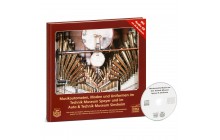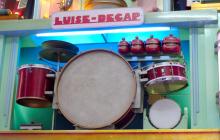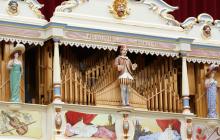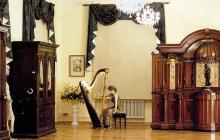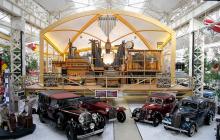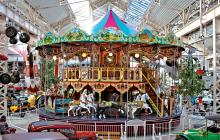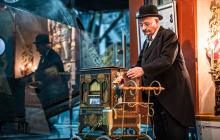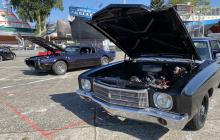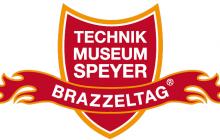Disc Music Boxes
All early orchestrions used pinned barrels as sound carriers, which were expensive and hard to change. A more flexible alternative was invented by Paul Lochmann at the end of the 19th century. In 1885, he was granted a patent for automatic musical instruments that used perforated discs as sound carriers. Such discs could be produced at low cost in large quantities. They provided the basis for the mass production of relatively cheap automatic musical instruments of diffenenz sizes for both commercial use, e.g., in pubs and restaurants, or for home use. The instruments, mostly called disc music boxes, were intentionally equipped with only a very few sound sources. Many of them only contained metal combs. For this reason they are also referred to as polyphones.
Although most disc music boxes offered a much lower sound quality than the orchestrions or the swiss music boxes they competed with, they soon became very successful due to their low price and the wide choice of music. The centre of production was Leipzig, were Lochmann started the production of disc music boxes under the trade name "Symphonion" immediately after he was granted the patent. Due to the large success, two of his employees founded the "Polyphon Musikwerke", also in Leipzig, in 1890. In the following years several hundreds of thousands instruments were made and exported to the whole world. The meteoric rise of this branch of industry abruptly ended after WW I when the gramophones started to conquer the markets.

